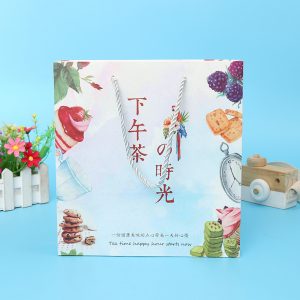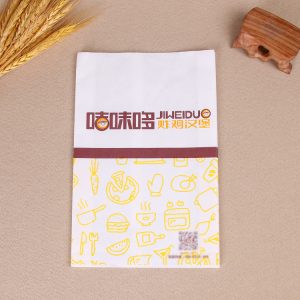Packaging plays a significant role in preserving food quality throughout the entire supply chain, from production to consumption. The impact of packaging on food quality can be both positive and negative, depending on various factors. Here are some key ways in which packaging influences food quality:
- Protection from External Factors: Packaging acts as a barrier, protecting food from external elements such as air, moisture, light, and contaminants. Properly sealed packaging prevents spoilage, oxidation, and microbial growth, preserving the freshness and nutritional value of the food.
- Extended Shelf Life: Packaging technologies, such as modified atmosphere packaging (MAP) and vacuum packaging, can extend the shelf life of perishable foods by controlling the gas composition inside the package, slowing down deterioration.
- Physical Protection: Packaging provides physical protection from physical damage, impacts, and handling during transportation and storage, safeguarding the integrity of the food.
- Temperature Control: Insulated packaging helps maintain the desired temperature of temperature-sensitive products, such as frozen foods or perishables, preventing quality degradation.
- Portion Control: Properly portioned packaging reduces the risk of overconsumption and waste, maintaining food quality by preventing exposure to air and contaminants after opening.
- Convenience and User Experience: Packaging design affects how consumers interact with the product. Easy-to-open, resealable, and user-friendly packaging preserves food quality by preventing spillage, contamination, and exposure to the environment.
- Communication of Handling Instructions: Packaging communicates essential information, such as storage instructions, cooking recommendations, and expiration dates, which are critical for maintaining food quality and safety.
- Branding and Perception: Attractive and well-designed packaging can positively impact consumers’ perception of food quality, influencing their purchase decisions.
Challenges and Potential Negative Impacts:
- Migration of Chemicals: Some packaging materials may release harmful substances, such as phthalates or bisphenol-A, into the food, affecting safety and quality.
- Off-Flavors and Odors: Certain packaging materials can impart off-flavors or odors to the food, altering its taste and aroma.
- Environmental Impact: The disposal of packaging waste, especially non-recyclable materials, can contribute to environmental pollution and affect the quality of ecosystems.
- Packaging Waste: Excessive or non-recyclable packaging waste can lead to environmental issues and increase the overall carbon footprint of the food industry.
To ensure that packaging positively impacts food quality, it is essential for manufacturers to choose appropriate packaging materials and technologies that maintain the freshness, safety, and nutritional value of the food. Additionally, sustainable and responsible packaging practices can help mitigate negative environmental impacts and promote a healthier food system.








